Imagine exploring a state park in the United States and stumbling upon a precious gem worth millions of dollars. That’s exactly what happened to Julien Navas, a French tourist, during his visit to Crater of Diamonds State Park in Arkansas. In the muddy grounds of the park, Navas discovered a 7.46-carat diamond, roughly the size of a gumdrop. Excited by his find, he plans to split the diamond into two halves, gifting one to his fiancée and the other to his daughter. This extraordinary discovery highlights the allure and magic of the park, where the dream of finding a precious diamond can become a reality.
Julien Navas’ Journey to the States
Reason for the Trip
Julien Navas, a French tourist from Paris, had a unique reason for his trip to the United States. He traveled to watch the launch of the United Launch Alliance’s Vulcan Centaur rocket in Cape Canaveral, Florida. However, he also took this opportunity to explore other American locales, including the vibrant city of New Orleans.
Venturing Out to Explore
During his exploration of the United States, Navas heard about the Crater of Diamonds State Park in southwest Arkansas. Intrigued by its unique geologic history and the possibility of finding diamonds, he decided to visit the park. Little did he know that this journey would lead him to an extraordinary discovery.
Discovering Crater of Diamonds State Park
Navas arrived at the Crater of Diamonds State Park on January 11th, for his first-ever visit. Eager to begin his diamond hunting adventure, he rented a diamond hunting kit from the park and started digging in the designated searching area. Despite the muddy and wet conditions caused by recent rainstorms, Navas persisted in his quest to find diamonds.
Renting Diamond Hunting Kit
To maximize his chances of finding diamonds, Navas decided to rent a diamond hunting kit offered by the park. Equipped with essential tools and helpful instructions, he was ready to dive into the muddy searching grounds and begin his treasure hunt.
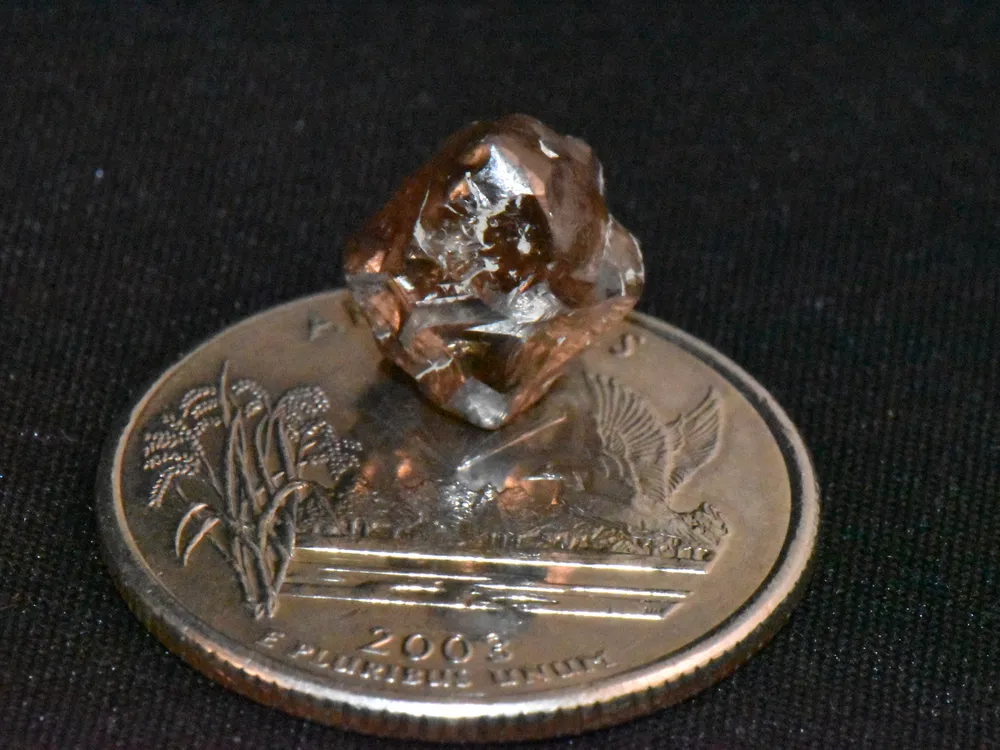
Navigating the Muddy Searching Grounds
Despite the challenging terrain and the muddy conditions, Navas remained determined to uncover something extraordinary. He diligently searched the sopping ground, scouring every inch from 9 a.m. until the afternoon. The muddy surroundings did not deter him as he was determined to uncover hidden gems beneath the surface.
Finding the Diamond
After hours of digging and intense searching, Navas stumbled upon several interesting-looking rocks. However, he was unsure about their true nature and whether they held any significant value. It was not until he visited the Diamond Discovery Center that he received a final verdict about his findings.
Digging for Hours
Navas dedicated hours to his diamond excavation efforts. The process of digging is physically demanding and rigorous, requiring patience and persistence. Despite the challenges, Navas remained focused on his ultimate goal: finding a diamond that would serve as a memento from his unforgettable trip.
Unsure about Interesting-looking Rocks
During his search, Navas discovered several rocks that caught his attention. However, his lack of expertise in identifying diamonds left him uncertain about the true nature of these intriguing findings. Determined to get a professional opinion, he sought guidance from the experts at the Diamond Discovery Center.
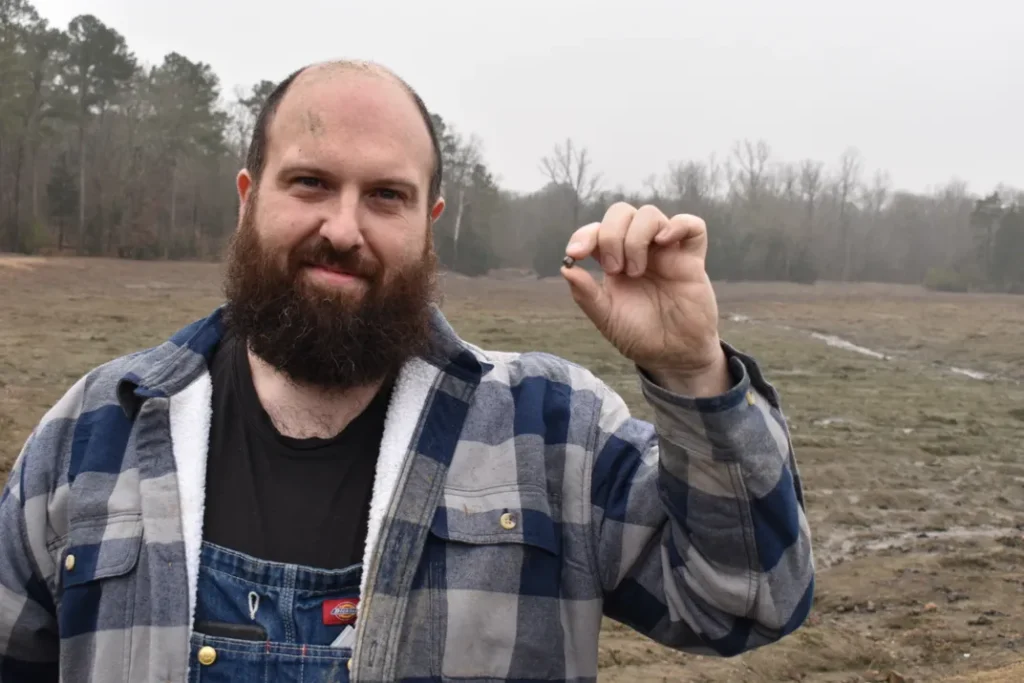
Final Verdict from the Diamond Discovery Center
A trip to the Diamond Discovery Center proved to be enlightening for Navas. The knowledgeable staff informed him that one of the rocks he had discovered was not just a common stone but a remarkable 7.46-carat brown diamond. This news was a moment of triumph and realization for Navas.
Details About the Found Diamond
Overwhelmed with joy and excitement, Navas decided to name the diamond after his fiancée, Carine. The 7.46-carat brown diamond, roughly the size of a gumdrop candy, represented a special symbol of their love and the unforgettable journey Navas had undertaken. Dreams of splitting the diamond into two and creating unique keepsakes for his fiancée and daughter started to form in Navas’ mind.
Naming the Diamond After his Fiancée
Navas’ decision to name the diamond after his fiancée, Carine, showcased his deep affection and love for her. The significance of this diamond went beyond its beauty and rarity; it became a symbol of their shared journey and the memories they had created together.
Proposal to Split Into Two
Upon returning home, Navas planned to split the “Carine Diamond” into two pieces. His idea was to give one half to his fiancée as a cherished memento and a testament to their love. The other half would be a precious gift for his daughter, symbolizing their everlasting bond and the remarkable adventure they would embark on in the future.
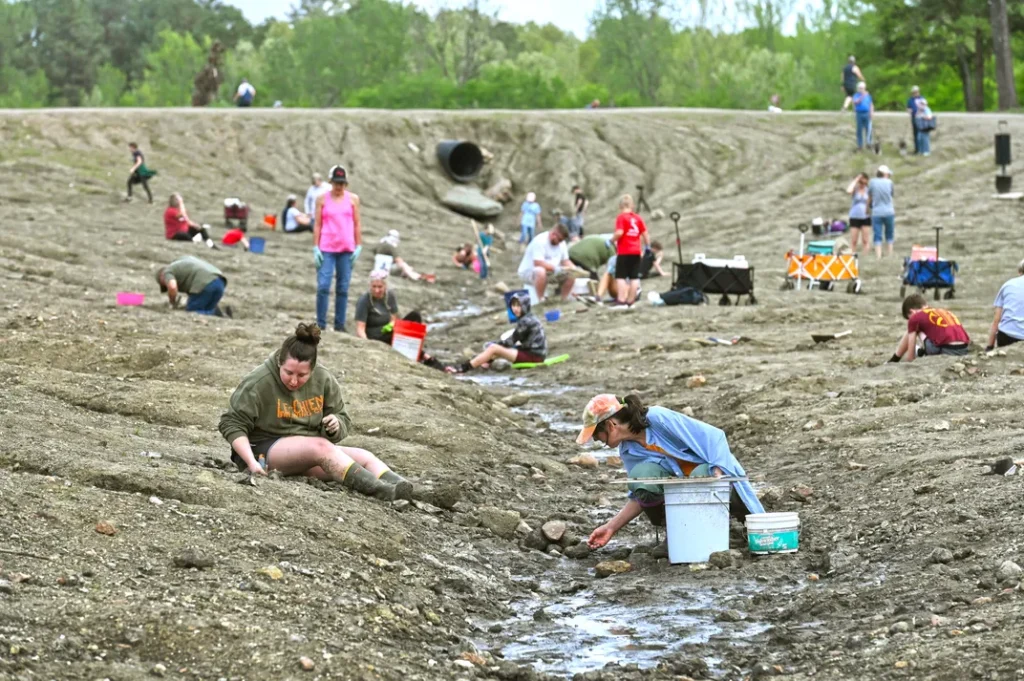
Plans After Discovery
Navas’ incredible diamond discovery sparked a desire within him to return to the Crater of Diamonds State Park. His plans included bringing his daughter along for the next great adventure. The magic and possibility of finding more diamonds fueled his motivation to explore the park further.
Plans for a Return to the Park
Eager to relive the thrill and excitement of finding diamonds, Navas already had plans to return to the Crater of Diamonds State Park. He envisioned another visit, this time accompanied by his daughter, creating lasting memories and experiencing the joy of unearthing precious gems together.
Motives for The Next Adventure
The exhilaration of Navas’ first trip to the Crater of Diamonds State Park left an indelible mark on his adventurous spirit. The desire to continue exploring and discovering hidden treasures motivated him to plan his next adventure. The park’s unique geologic history and the possibility of finding rare gems resonated deeply with Navas.
History of Diamond Discovery in the Park
Navas’ find added to the rich history of diamond discoveries in the Crater of Diamonds State Park. His remarkable 7.46-carat brown diamond marked the fifth diamond registered at the park within the year. Furthermore, it stood as the largest diamond found since 2020 and the eighth-largest since the park’s official designation as a state park in 1972.
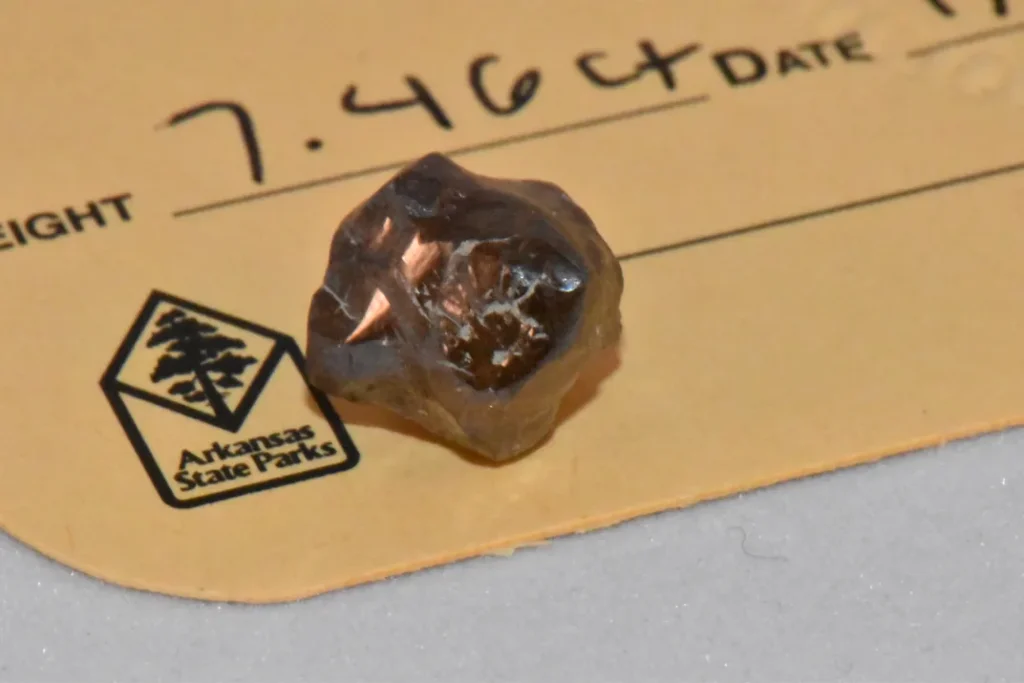
Navas’ Find is the Fifth of the Year
Navas’ discovery of the 7.46-carat brown diamond contributed to the ongoing legacy of diamond findings at the Crater of Diamonds State Park. This esteemed diamond became the fifth registered discovery of the year, adding to the park’s allure as a destination for diamond enthusiasts and treasure seekers.
Largest Diamond Since 2020
Navas’ remarkable find claimed the prestigious title of being the largest diamond unearthed at the Crater of Diamonds State Park since 2020. This extraordinary discovery captured the attention of diamond enthusiasts and highlighted the park’s potential for producing rare and valuable gems.
Eighth Largest Since the Park Designation in 1972
Since its official designation as a state park in 1972, the Crater of Diamonds State Park has produced numerous notable diamonds. Among them, Navas’ 7.46-carat brown diamond holds the distinction of being the eighth-largest diamond found within the park’s boundaries. This finding solidifies the park’s reputation as a hotspot for diamond discoveries.
Factors Influencing Discovery of Diamonds
The discovery of diamonds in the Crater of Diamonds State Park is influenced by various factors, including natural phenomena and park management practices. Understanding these factors provides valuable insights into the patterns of diamond findings and the unique conditions that contribute to their formation.
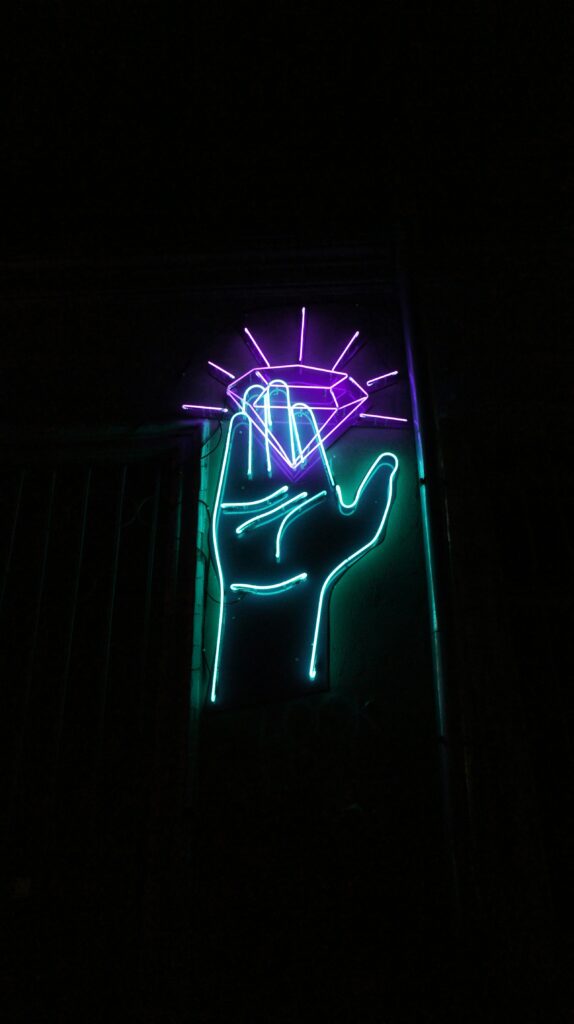
Role of Rainstorm in Diamond Discovery
One of the significant natural factors that influence the discovery of diamonds in the park is rainfall. Rainstorms, like the one that occurred the week before Navas’ visit, play a crucial role in revealing diamonds. The precipitation washes away lighter dirt, exposing heavier rocks, including precious diamonds.
Periodic Plowing by Park Staff
Park staff periodically plow the soil within the diamond hunting area to aid in the discovery process. This practice helps break up the soil, promoting natural erosion, and revealing diamonds that may be hidden beneath the surface. The combination of rainstorms and periodic plowing contributes to the favorable conditions for finding diamonds in the park.
Historical Significant Discoveries in the Park
Navas’ remarkable finding adds to the rich history of significant diamond discoveries in the Crater of Diamonds State Park. One of the most notable discoveries was made by John Huddleston, also known as “Diamond John,” in 1906. His findings sparked the interest of fortune-seekers and put the park on the map as a destination for diamond hunting.
Discovery by ‘Diamond John’ in 1906
Diamond John’s discovery in 1906 paved the way for the park’s reputation and attracted tourists and prospectors to the region. His incredible luck and determination led to the unearthing of valuable gems, including the famous 40.23-carat “Uncle Sam” diamond in 1924. This uncut diamond remains the largest diamond ever found in the United States.
On Display at the Smithsonian’s National Museum of Natural History
The extraordinary 40.23-carat “Uncle Sam” diamond found in the Crater of Diamonds State Park holds historical and cultural significance. In 2022, a 12.4-carat piece of the “Uncle Sam” diamond went on display at the Smithsonian’s National Museum of Natural History. The display showcased the park’s rich history and the exceptional gems it has produced.
History of Crater of Diamonds State Park
The Crater of Diamonds State Park’s history is intertwined with the region’s rich geologic past and the allure of diamonds. The park’s unique features and abundant gem resources contribute to its status as a popular destination for diamond hunting enthusiasts.
The Gem-rich Region
The area surrounding the Crater of Diamonds State Park is known for its abundant gem resources. The region’s volcanic history and unique geologic conditions have resulted in the occurrence of diamonds and other precious stones. This gem-rich environment attracts visitors from around the world, hoping to uncover these hidden treasures.
Volcanic Eruption
Approximately 100 million years ago, a violent volcanic eruption occurred in the region surrounding the Crater of Diamonds State Park. This powerful explosion brought rocks from the Earth’s mantle to the surface, leaving behind an 81-acre crater. The remnants of this eruption created the ideal conditions for diamond formation within the park.
Three Common Types of Diamonds
The Crater of Diamonds State Park is known to house three common types of diamonds: white, yellow, and brown. These diamonds are often found alongside other precious stones, including quartz, agate, garnet, amethyst, and jasper. The park’s diverse gem collection adds to its allure and offers a thrilling experience for diamond hunters.
Roughly 75,000 Diamonds Pulled Since 1906
Since the park’s inception, approximately 75,000 diamonds have been pulled from the soil. These discoveries highlight the park’s status as a significant diamond-producing region and ensure a continuous flow of visitors eager to try their luck at unrivaled diamond hunting.
Scientific Understanding of Diamond Formation
The scientific understanding of diamond formation remains a topic of ongoing research and exploration. While scientists have made significant strides in unraveling the mysteries of diamond formation, several aspects of this intricate process remain unknown.
Conditions for Diamond Formation
Diamonds are formed under intense pressure and high temperatures deep within the Earth’s mantle. These extreme conditions transform stable carbon, located 60 to 100 miles below the Earth’s surface, into diamonds over time. The exact mechanisms that lead to the formation of diamonds are still the subject of scientific study and investigation.
Mysterious Source of Carbon
A key element of diamond formation remains the mysterious source of carbon. The origin of the carbon that ultimately transforms into diamonds remains an area of scientific inquiry. Researchers strive to understand the precise mechanisms through which carbon is transported to the Earth’s surface, where it undergoes the transformative process into diamonds.
Process of Transforming Carbon into Diamond
The process of transforming carbon into diamonds involves intricate geological and chemical processes. The intense pressure and high temperatures found deep within the Earth’s mantle exert transformative forces on carbon atoms, causing them to rearrange into the structure of a diamond. This complex process occurs over extended periods, further fueling scientific curiosity and exploration.
In conclusion, Julien Navas’ journey to the United States led him to embark on an unforgettable adventure at the Crater of Diamonds State Park. Through his perseverance and determination, he discovered a remarkable 7.46-carat brown diamond. Navas’ finding adds to the rich history of diamond discoveries in the park, showcasing its potential as a treasure trove for diamond enthusiasts. The Crater of Diamonds State Park’s geologic history and unique features continue to intrigue scientists, providing valuable insights into diamond formation and the conditions that contribute to their occurrence. This extraordinary discovery serves as a testament to the park’s allure and the magic of finding a diamond in a place where dreams come true.
